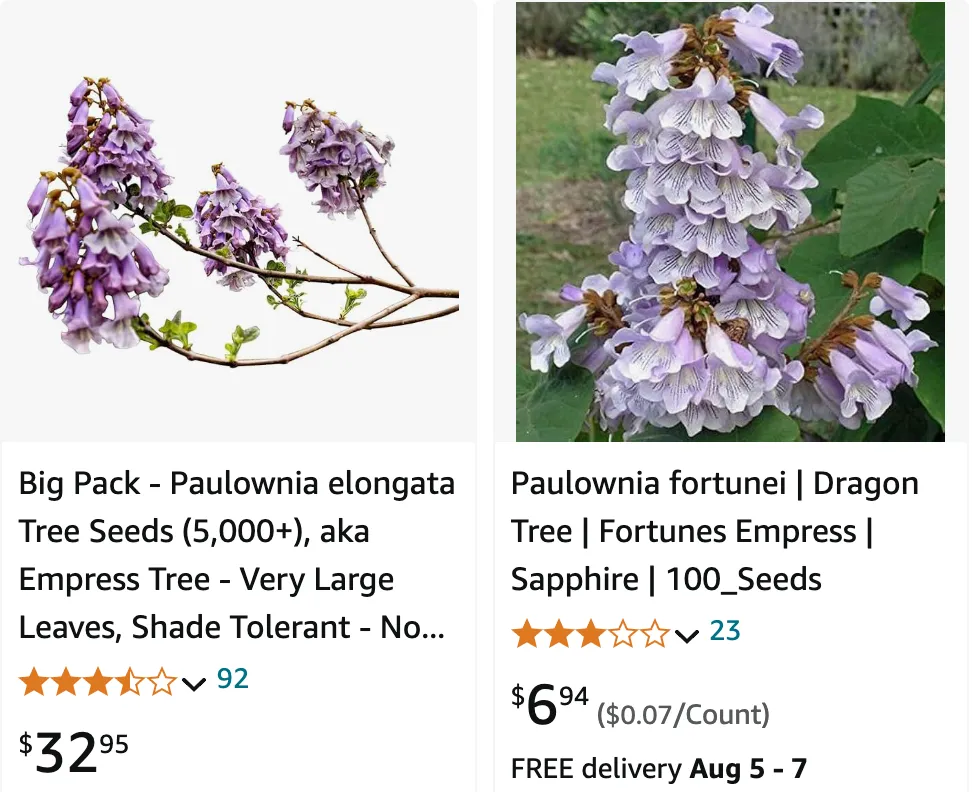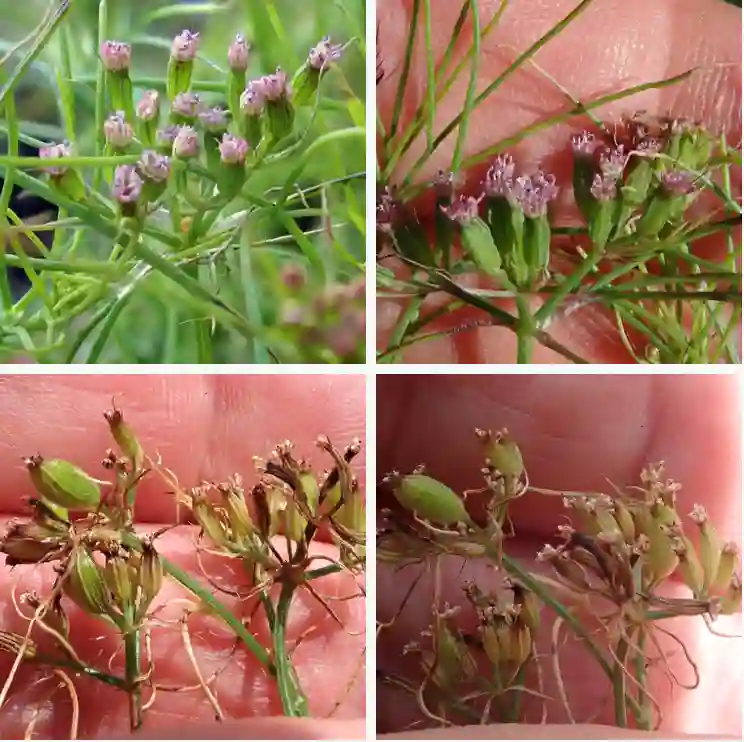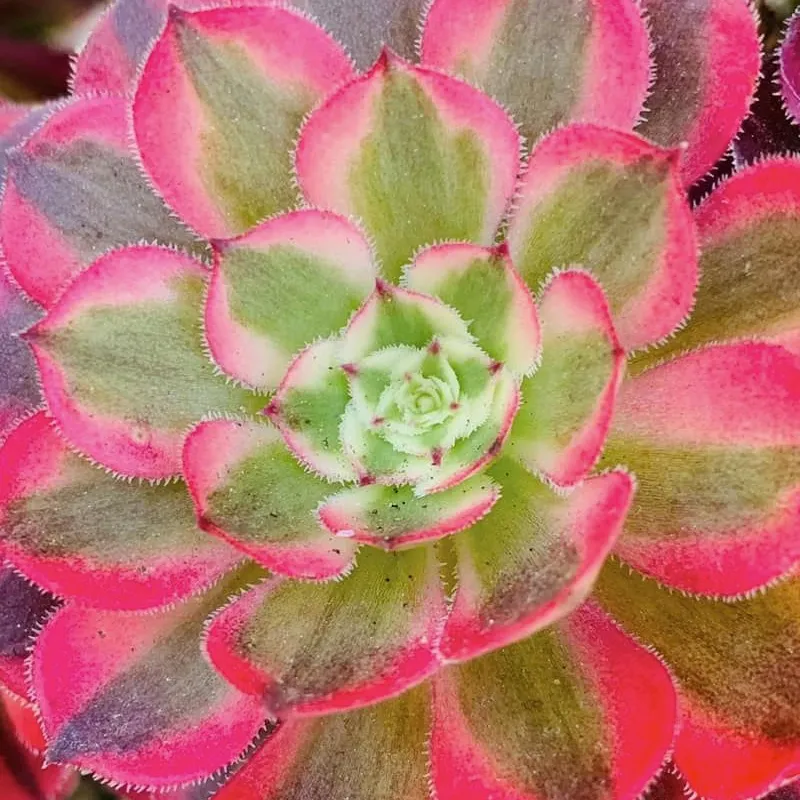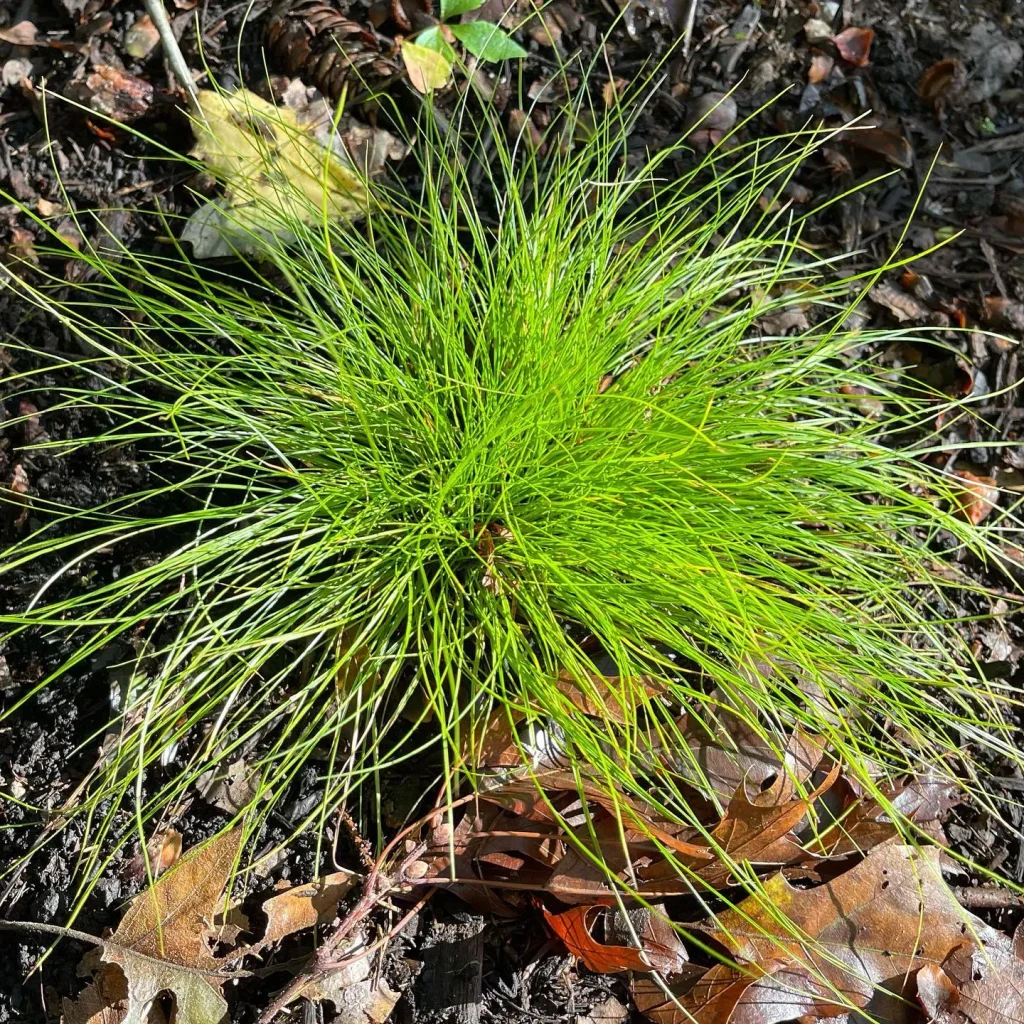
January 26 – Paulownia
“January 26 belongs to Paulownia, the empress tree.”
Paulownia symbolizes ambition and growth. You are destined for greatness, with a vision that inspires others to dream big and aim high.
The Empress Tree: A Royal Encounter
My name is Ferb Vu, and I’ve always been fascinated by the natural world, especially trees. There’s something majestic about the way they stand tall and proud, their branches reaching towards the sky like arms embracing the sun. But among all the trees I’ve encountered, the Paulownia belong to the Paulowniaceae family, or Empress Tree, holds a special place in my heart.
The first time I saw a Paulownia, I was struck by its sheer beauty. It was spring, and the tree was in full bloom, covered in clusters of fragrant, lavender-colored flowers that resembled foxgloves. The sight was breathtaking, and I felt an instant connection to this magnificent tree. I later learned that its name, Paulownia, was bestowed upon it in honor of Anna Pavlovna, the daughter of Tsar Paul I of Russia. It seemed fitting that such a regal tree would bear the name of a princess.
A Closer Look at the Empress
The Paulownia genus is native to East Asia, primarily China, where it has been cultivated for centuries. It’s a fast-growing deciduous tree, known for its lightweight yet strong wood, which has been used for everything from furniture and musical instruments to surfboards and even airplane parts.
But the Paulownia is more than just a source of timber. It’s a tree with a rich history and cultural significance. In China, it’s often planted when a daughter is born, and the wood is used to create dowry chests and other items for her wedding. The tree is also associated with good luck and prosperity, and its image can be found in art and literature throughout East Asia.
The Many Faces of Paulownia
While the most well-known species is probably Paulownia tomentosa, with its distinctive purple blossoms, the genus actually comprises several other species, each with its own unique characteristics. Here are:
- Paulownia catalpifolia T.Gong ex D.Y.Hong
- Paulownia elongata S.Y.Hu Plant FAQs: Paulownia Elongata
- Paulownia fargesii Franch.
- Paulownia fortunei (Seem.) Hemsl.
- Paulownia kawakamii T.Itô
- Paulownia laotica Aver.
- Paulownia × taiwaniana T.W.Hu & H.J.Chang
- Paulownia tomentosa (Thunb.) Steud. Plant FAQs: Paulownia Tomentosa – Princess Tree – Empress Tree – Foxglove Tree
Is Paulownia a Hardwood?
Paulownia wood is classified as a hardwood, despite its lightweight nature. This classification is based on the wood’s cellular structure rather than its density. While it is lighter than many other hardwoods, it still shares the hardwood characteristics of strength and durability.
Is Paulownia Wood Expensive?
The cost of Paulownia wood can vary based on quality and availability. Generally, it is considered affordable compared to other hardwoods. Its rapid growth and abundant supply contribute to its lower price, making it a cost-effective option for many applications.
Are Paulownia Trees Invasive?
One of the common questions I hear about Paulownia trees is whether they are invasive. In certain regions, particularly in parts of the United States, Paulownia trees can be considered invasive. They tend to spread rapidly and can outcompete native species for resources. Their fast growth and prolific seed production contribute to this invasiveness, which can lead to ecological imbalances in some areas.
Are Paulownia Trees Poisonous?
Fortunately, Paulownia trees are not poisonous. Unlike some other plants, they don’t produce toxins that are harmful to humans or animals. This makes them a safe choice for gardens and landscapes where children and pets might be present.
How Fast Do Paulownia Trees Grow?
Paulownia trees are renowned for their incredible growth rate. They can grow up to 10 feet per year under ideal conditions. This rapid growth makes them an attractive option for quick shade or timber production. However, their speed can also contribute to their invasive nature, as they can quickly spread and dominate an area.
How Long Do Paulownia Trees Live?
Despite their fast growth, Paulownia trees have a relatively short lifespan compared to other hardwoods. On average, they live for about 20 to 30 years. This is considerably shorter than some other tree species, but their fast growth and high yield in a shorter time can be advantageous for certain applications.
How to Care for Paulownia Trees?
Caring for Paulownia trees involves ensuring they have plenty of space to grow and regular watering, especially in their early years. They thrive in well-drained soil and require some maintenance to manage their rapid growth and prevent them from becoming invasive.
How to Propagate Paulownia Trees?
Propagating Paulownia trees is relatively straightforward. You can grow them from seeds, which are easily obtained from mature trees. Another method is through cuttings. To propagate from cuttings, take semi-hardwood cuttings from a healthy tree, ensure they are properly treated with rooting hormone, and plant them in a well-draining medium. Keep the soil consistently moist until roots establish.
Paulownia vs Alder
Comparing Paulownia and Alder wood, Alder is generally heavier and denser than Paulownia. Alder also has a more uniform grain and is often used in fine furniture and cabinetry. Paulownia, on the other hand, is much lighter and is favored for applications where weight reduction is crucial.
Paulownia vs Balsa
When it comes to Paulownia vs Balsa, Balsa is lighter than Paulownia. Balsa is often used in model-making and other applications where extreme lightness is required. Paulownia, while still lightweight, offers greater durability and strength compared to Balsa.
Paulownia vs Basswood
Paulownia and Basswood have some similarities in their lightness and workability, but Paulownia is generally lighter and stronger. Basswood is often used in carving and as a material for musical instruments, while Paulownia’s strength makes it suitable for structural uses as well.
Paulownia vs Catalpa
Catalpa wood is denser and heavier compared to Paulownia. Catalpa is known for its durability and is used in applications requiring tough, long-lasting wood. Paulownia, with its lighter weight, is more suitable for applications where weight is a concern.
Paulownia vs Cedar
Paulownia and Cedar differ significantly. Cedar is known for its aromatic qualities and natural resistance to decay, making it a popular choice for outdoor projects. Paulownia, on the other hand, is much lighter and faster-growing, which makes it a good choice for rapid timber production.
Paulownia vs Jacaranda
Jacaranda wood is heavier and more expensive compared to Paulownia. Jacaranda is known for its beautiful grain and is often used in fine woodworking. Paulownia, while less visually striking, offers superior lightness and fast growth.
Paulownia vs Pine
When comparing Paulownia and Pine, Pine is generally denser and less expensive. Pine is a common choice for construction and furniture due to its availability and cost. Paulownia’s lighter weight and faster growth make it an attractive alternative for specific uses.
Paulownia vs Poplar
Poplar wood is heavier than Paulownia but is similar in its ease of working and versatility. Poplar is often used in cabinetry and furniture, while Paulownia is preferred for applications requiring lightweight and fast growth.
Paulownia vs Swamp Ash
Swamp Ash is denser and heavier than Paulownia. It is often used in guitar making due to its resonant qualities. Paulownia, while not as dense, offers greater rapid growth and is useful for different types of construction and crafting where weight is a major concern.
What to Plant with Paulownia Trees?
Paulownia trees can be paired with other plants that thrive in similar conditions. Consider companion plants that can tolerate partial shade and have similar soil and water needs to create a harmonious garden space. Avoid planting species that might be overshadowed by the Paulownia’s rapid growth.
By understanding these aspects of Paulownia, you can make informed decisions about its use in your landscape or projects. Whether you’re considering it for its rapid growth, lightweight wood, or other characteristics, knowing its benefits and limitations can help you utilize this unique tree effectively.
If i die, water my plants!



